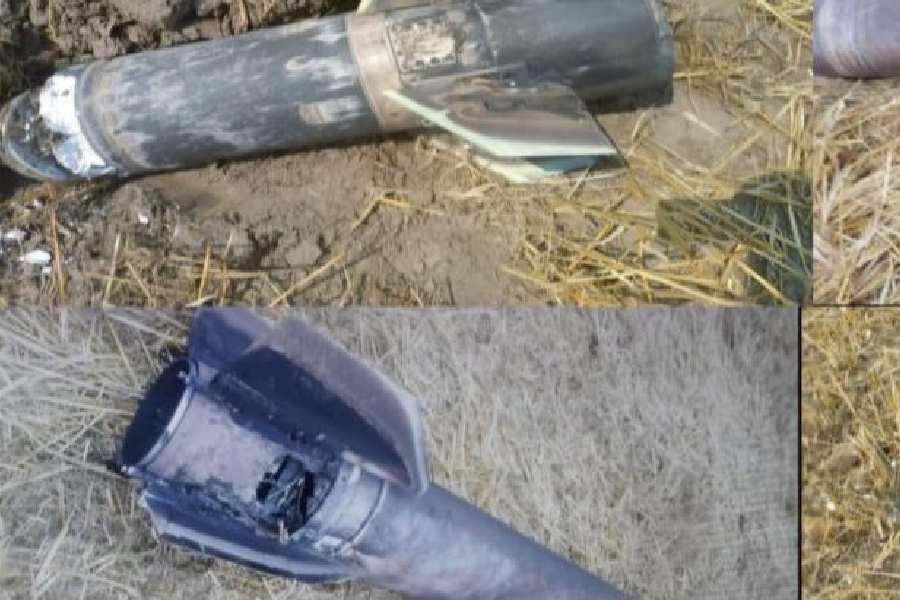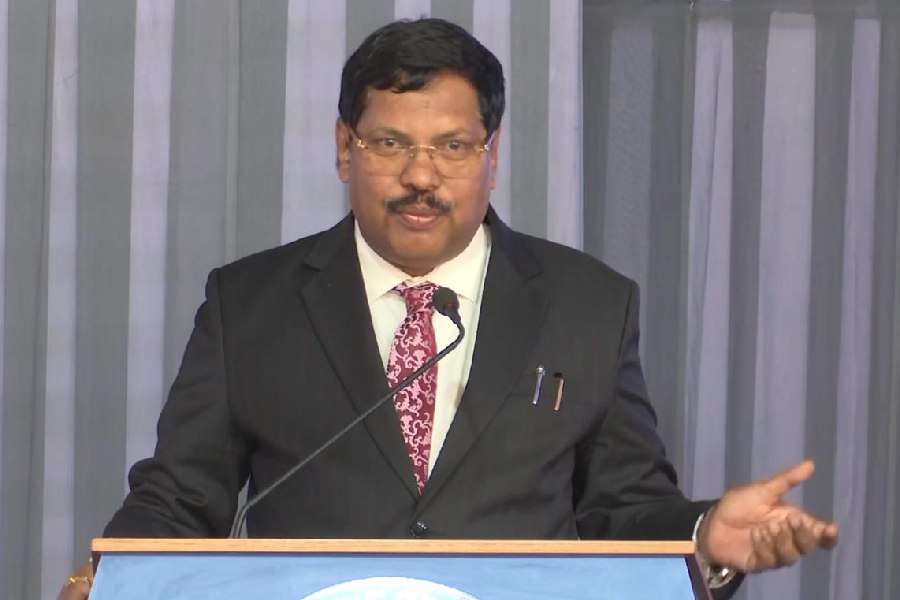Pudukkottai (Tamil Nadu), Sept. 7: Residents here are horrified at the practice, but archaeologists seem fascinated.
Scattered in this Tamil Nadu district are more than a hundred sites protected by the Archaeological Survey of India that bear testimony to the custom of burying the dead in strong urns of baked mud by the Stone Age man. Experts say this is still the “best district” in India for the study of the “burial customs” of the “Megalithic and Neolithic man”.
But local residents believe that in those days, “over-aged people were simply put in urns and buried alive as they posed a burden to society”.
“This view is only a myth, a fable, and there is nothing in history or anthropology to substantiate that such a practice was in vogue,” said J. Raja Mohammed, curator of the Government Museum here.
But the burial-in-urn custom was widespread enough to have found its way into the Tamil language as the phrase “Mudumakkat Thazhi”, literally meaning old men’s burial urn.
The strange practice dates back to the Megalithic age (5000 BC to 1000 AD) and the urns came in various sizes, explained Mohammed, also a noted historian on the evolution of the erstwhile princely state of Pudukkottai. “It appears to have been predominantly practised in ancient Tamil Nadu during the 2nd century AD and we find reference to it in the classical Sangam Tamil literature of that period, like in Purananooru.”
The Sangam Tamil epic, Manimekalai, speaks of five methods of disposal of the dead: burning, burying in a pit, placing the bodies in underground cells, throwing away the corpses to be devoured by vultures and wild animals, and burial in urns, he said.
The Sangam literature also contain rich details on how the corpses were placed inside the urns — mostly in a crouching position for men, along with pottery and other materials for use by the dead, including portions of the dishes they relished.
But Mohammed argued that these urns were used more as “funerary monuments” than mud coffins. Citing the findings of excavations decades ago jointly by the ASI and the erstwhile Pudukkottai Durbar in 40 places near this town, he said “only in two urns they found full human skeletons”. In the others, only pieces of pottery, some weapons and parts of the bones and skeletal frame were found.
It was likely that people first disposed of their dead through conventional methods like cremation and later collected the remaining parts of bones and buried them in urns along with pottery and tools used by those expired in their memory. “This constituted 95 per cent of the practice,” claimed Mohammed.
In an interesting finding during the 1975 excavation by the ASI in Sittannavaasal, two urns were found in the same pit. It was interpreted as that of a husband and wife or two friends or two like-minded warriors, he said.
Mohammed added that the burial sites were not difficult to identify, pointing at a “Megalithic monument” at Sittannavaasal, a place also known for its rock-cave paintings.
K.R. Venkatarama Ayyar, in his two-volume work, Manual of the Pudukkotai State, has said that “a circle of laterite or granite boulders” often surrounds the burial sites that are usually on elevated ground close to a water source and contain quartz gravel.
But Mohammed contends that putting up a “stone monument” around such burial sites could have been afforded only by the rich and the very influential in the community in those days.
Artefacts recovered during extensive excavations at Sittannavaasal, Aranipatti, Surandappatti, Tachanpatti, Todaiyur, Kaliyapatti, Kalakkudippatti and Tiruppur have found place in the Pudukkottai museum.
It has a rare collection of beads, bone pieces, bracelets, chunk (sea-shell) bangles, mud lids of the urns in different designs and iron weapons and even bronze articles.
The iron and bronze relics show that the urns from which they were recovered “belonged to the earliest Iron Age that succeeded the Neolithic age”. In fact, recounting of the practice was prevalent till as late as the 12th-13th century AD, said Mohammed, as has been found in the work of Tamil poet Ottakkuttar of that time.
The museum also has on display a large urn unearthed from Motta Malai that is in perfect shape, almost like a freshly-made potter’s jar, despite the years it has spent under the ground.









